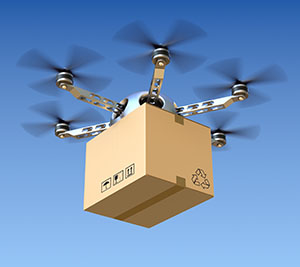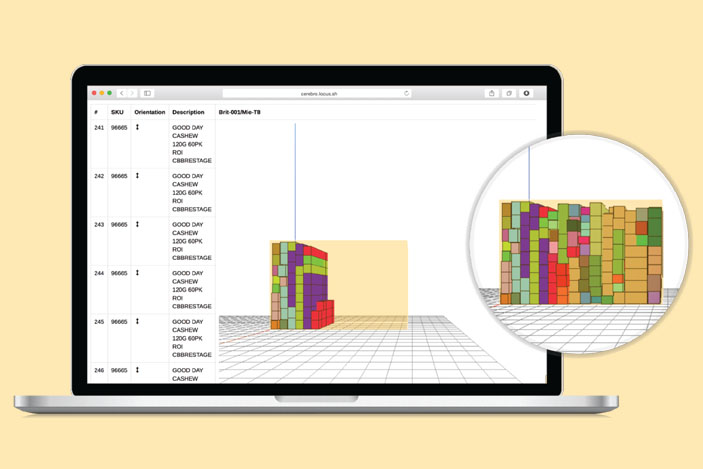YOUR package will arrive today between 8am and 2pm.
That’s a waste of half a day, you mutter to yourself, but what choice do you have?
So, you wait all morning with no sign of the deliveryman — only for him to arrive unannounced at 2.45pm when you are in the toilet.
This is an infuriating, yet surprisingly, common sequence of events most people would have experienced.
But not for much longer, says Nishith Rastogi, Founder of Locus, an intelligent logistics automation platform that currently serves 25 large-scale start-ups and enterprise clients in India.

Ambitiously, he says that “time definite” deliveries, as opposed to today’s “day definite” deliveries, will be the benchmark henceforth.
The future for last-mile deliveries could mean that waiting around with no clear idea of when a package might arrive could be a thing of the past.
Using data, computing power, an ever-expanding communications network, and automation as building blocks, Rastogi predicts that last-mile logistics is on the cusp of a new epoch. He likens it to the stock market of the ’90s and the arrival of the data-driven revolution with algorithmic and quantitative trading.
“The three axes of attack for the industry will be consistency, efficiency, and transparency. ltimately, it’s all about customer experience — there is too much unpredictability and inconsistency — and this will be eradicated in coming years.”
Drones Are Not The Answer
SingPost, which saw a revival in its postal services, courtesy of online shopping, has been struggling to get its system up to speed. Not entirely reliable in the past, it is resorting to drones and other services to improve its last-mile delivery.
 In 2016, SingPost introduced the POPStation, available in 140 locations, where undelivered packages are stored for about two weeks for pickup. In 2018, a new mail delivery system
In 2016, SingPost introduced the POPStation, available in 140 locations, where undelivered packages are stored for about two weeks for pickup. In 2018, a new mail delivery system
using drones is expected to be trialled on the National University campus.
While drones may be setting imaginations abuzz, Rastogi is quietly confident that crowd-sourced deliveries may be the next big thing.
With the success of crowd sourced taxi platforms like Uber and Grab, he feels that something similar is not far off for last mile deliveries too.
You might also want to read:
Thirst For Cooling Water Hots Up
A crowd-sourced delivery driver model would allow logistics providers to pull from a pool of part-time deliverers via an app or a similar platform. These would be drivers who can choose to deliver packages on the way to work or while out running errands. He cites that delivery providers like ZeptoExpress in Malaysia and Etobee in Indonesia have already started experimenting with it in recent years.

More Automation, Less Failure
Automation will lead the way to improving the last-mile logistics ecosystem. Rastogi highlights centralised decision-making and routing as key areas where the most changes will occur.
Logistics is mired with unnecessary human intervention at almost every step — from the operator to customer — and there is often no coordination between them.
This invariably leads to delays, failed deliveries and inefficiency. Replacing this inefficient process with technology will be the next step in the logistics industry.
“The demand for lower prices is really strong — and that can only be achieved through technology and innovation. We want to automate every single human decision involved in moving anything between two points.”



















